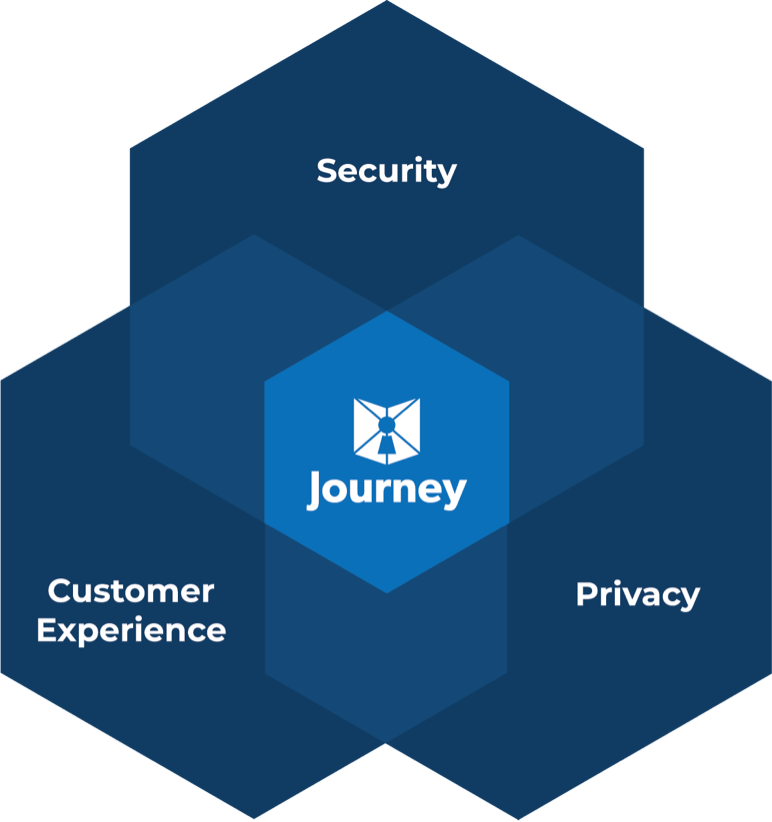In 2013, Target revealed that hackers had stolen credit and debit card information for 40 million customers, along with email and mailing addresses for up to 110 million more.
It’s not just Target that’s being targeted. Large and small businesses have been targets for years, resulting in stolen account email addresses, passwords, phone numbers, and social media profiles: 153 accounts at Adobe; 101 million accounts at Evite, 49 million from Houzz, and 164 million email addresses from LinkedIn.
This can happen to anyone, and it’s probably happened to you.
Read on to learn more about the risks of password authentication and the future of personal authentication.
Password Risks
You use passwords for everything ranging from your bank and social media accounts to your streaming cable service. Any site that saves your password or personal information puts you at risk, and any site that saves your credit card number might as well just be giving it away. A hacker who breaks into your email account can request a password reset on every other site and get into everything.
You’re in extra danger if you do any of these:
- Including personal data such as family names, birthdates, or Social Security numbers
- Make your password easy to guess by using common combinations such as 12345 or “password”
- Use the same password on several sites
Using a password manager reduces risk because it stores all your passwords in a single account, encrypted so that even if their site is breached, your data can’t be stolen. But some hackers can get into your PC and copy this master password.
Even if your own passwords are secure, you’re also at risk if a big company storing your data gets breached. One careless employee choosing a weak password or clicking the wrong link could expose your personal information, including saved passwords.
Moving Beyond Password Authentication
Switching to other forms of identification protects your identity and your data. For instance, biometric authentication could replace passwords or the identity verification procedures used in phone calls.
What is Biometric Authentication?
A biometric is a measurable biological or behavioral characteristic that can be used to identify you. With biometric authentication, a sensor scans or analyzes some of your features to provide positive identification.
Types of Biometric Authentication
Various fields of technology are researching ways to authenticate by using various features, biological formations, or behaviors, such as these:
- Facial recognition
- Iris recognition, which uses the features of the iris, or the colored part of the eye
- Retina recognition, which scans the vein pattern at the back of your eyes
- Fingerprint recognition
- Voice identification, which analyzes your speech
Using Biometric Authentication
Biometric authentication may soon replace passwords and personal identifiers in situations such as phone calls. For instance, a customer might call a bank to access an account. Instead of providing Social Security numbers and answers to personal questions, that person might use an app to do a biometric scan on a cell phone for verification.
Prepare to Switch to Biometric Authentication
As better authentication technology becomes available, you’ll soon be able to move beyond password authentication entirely. At Journey, we provide technology for both caller identification and digital authentication. Contact us to learn if our biometric identification technology is right for you.



